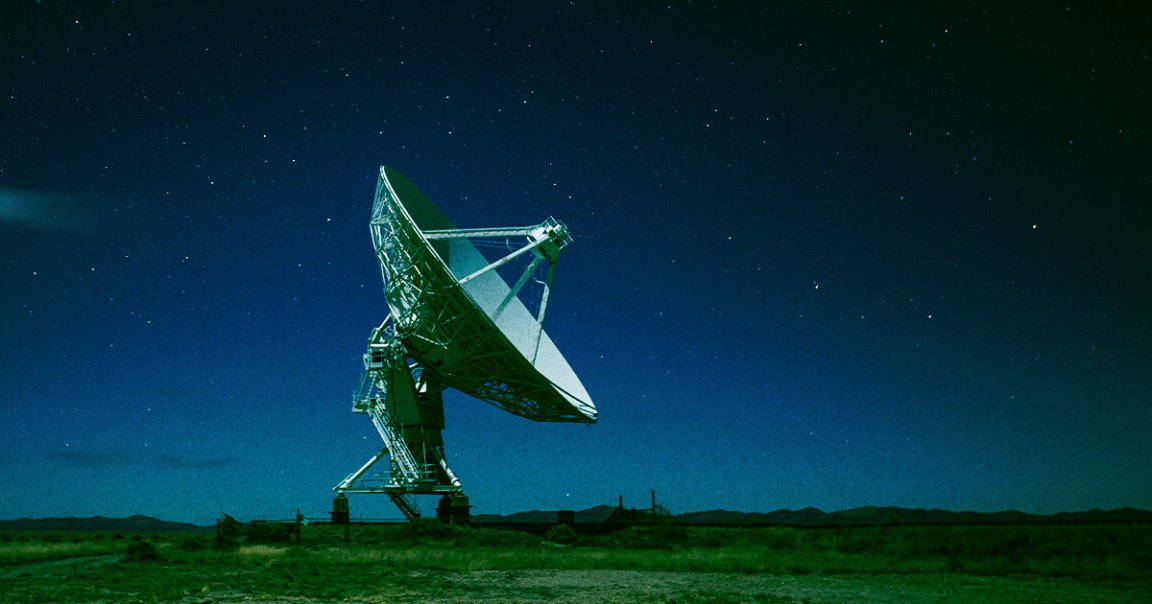
Laser Eyes
NASA has been laser-beamed data from millions of miles away — and it was a message the agency sent itself.
In a press release, the NASA-funded Jet Propulsion Lab at Caltech said that it has achieved “first light” laser communication via its Deep Space Optical Communications (DSOC) experiment, which was launched last month on the Psyche spacecraft that’s currently making its way to the asteroid belt between Mars and Jupiter.
The experiment’s main focus is seeing how viable optical communications, or data transmitted via freakin laser beams, can be as we as a species properly enter our spacefaring age. And by all accounts, it was a resounding success.
From roughly 10 million miles away, Psyche was able to pick up an uplink laser beacon sent from a specialized telescope at JPL’s Table Mountain Facility located in the snow-capped peaks surrounding Los Angeles. The optical beam equipment aboard Psyche was then able to send the lasers back down to Caltech’s Palomar Observatory in San Diego County, which is about 100 miles south of the transmission’s origin.

Mission Success
There were a ton of moving parts involved in the experiment, including making sure that the transmission, whose contents were apparently just test data, didn’t interfere with Psyche as it makes it way further into our Solar System — and it seems that NASA got that one right, too.
“[This] test was the first to fully incorporate the ground assets and flight transceiver, requiring the DSOC and Psyche operations teams to work in tandem,” Meera Srinivasan, the DSOC operations lead the JPL, said in the update. “It was a formidable challenge, and we have a lot more work to do, but for a short time, we were able to transmit, receive, and decode some data.”
While being extremely cool on its own, this first light feat is also a big deal for the future of human space travel, too.
“Achieving first light is one of many critical DSOC milestones in the coming months,” Trudy Kortes, a NASA director at its DC headquarters, said in the press release, “paving the way toward higher-data-rate communications capable of sending scientific information, high-definition imagery, and streaming video in support of humanity’s next giant leap: sending humans to Mars.”
More on NASA: Incredible New Videos Show NASA Smashing Into Asteroid